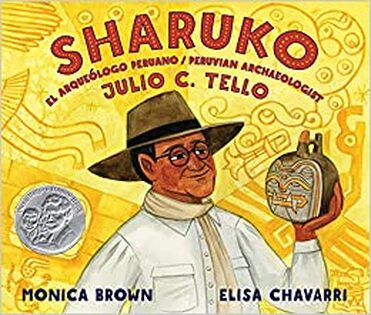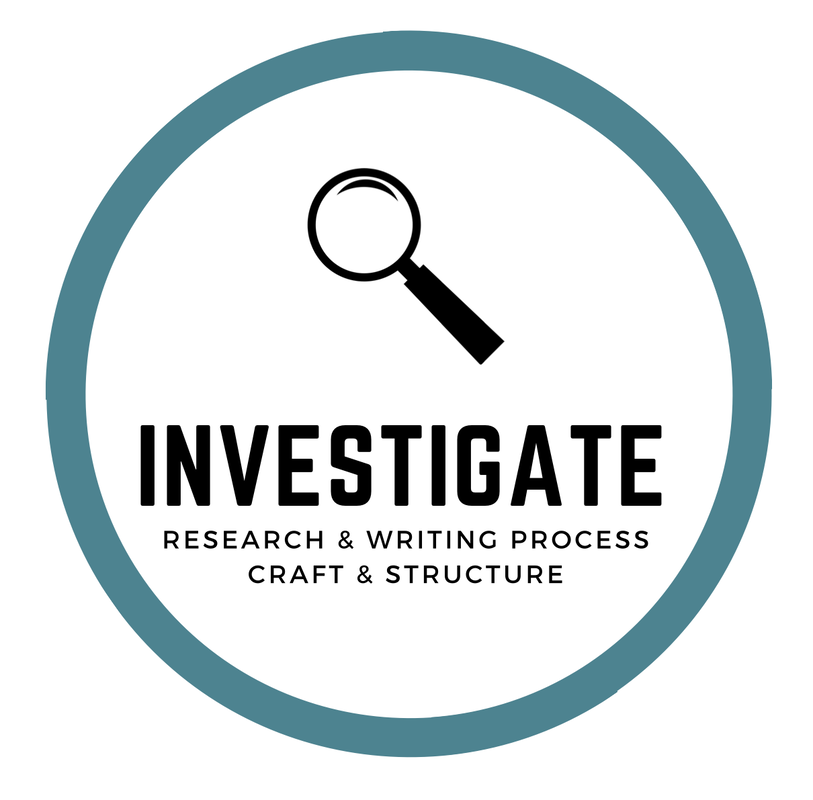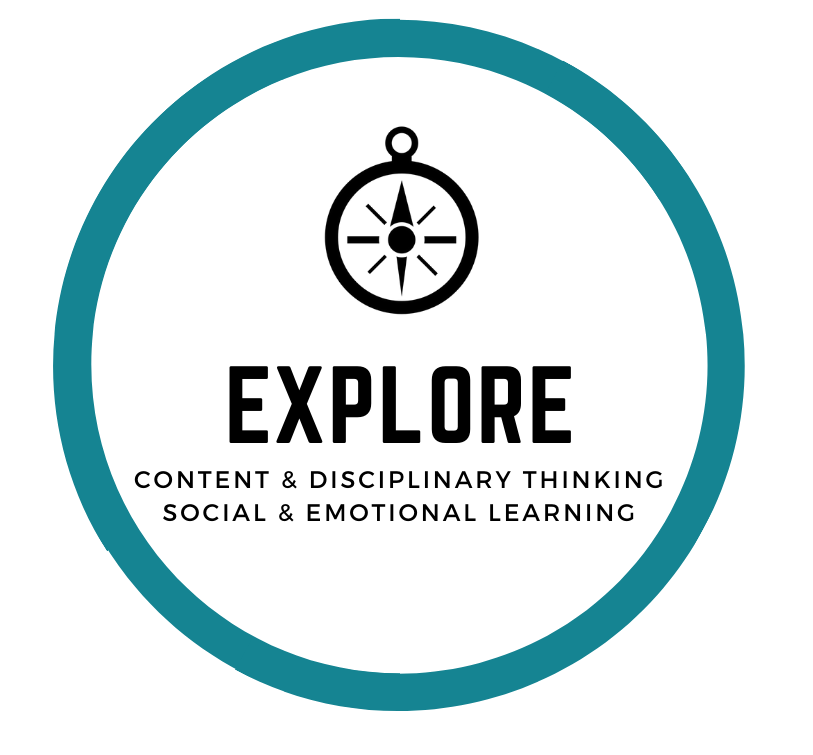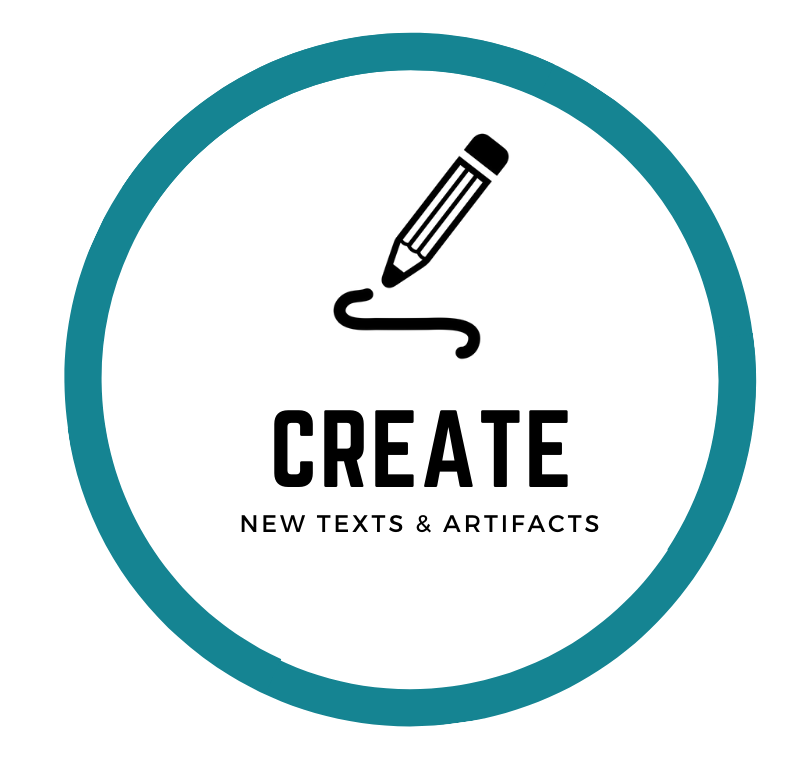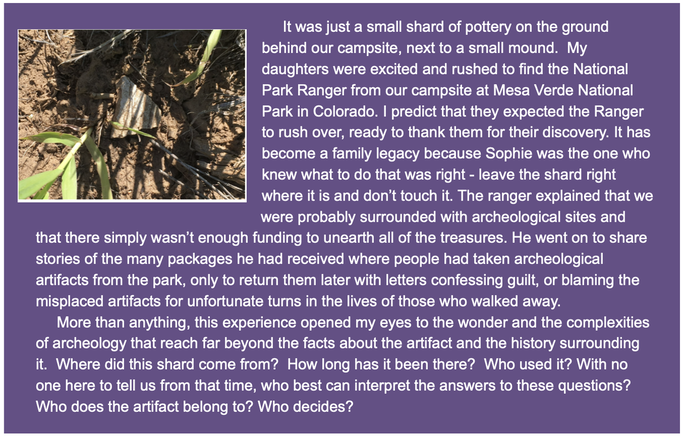|
Entry written by Amina Chaudhri and Julie Waugh, on behalf of The Biography Clearinghouse.
|
Research & Writing ProcessWho is Monica Brown?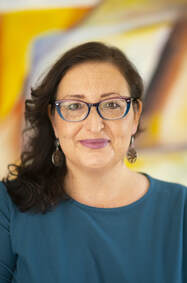
Monica Brown, Ph.D. is the Peruvian-American author of many award-winning multicultural books for children, including, Sharuko: El Arqueólogo Peruano /Peruvian Archeologist Julio C. Tello, Frida and Her Animalitos, Waiting for the Biblioburro/Esperando al Biblioburro, Marisol McDonald Doesn't Match/no combina, and the Lola Levine chapter book series, among others. Her books have garnered multiple starred reviews and awards, and are available in a dozen languages. Her books have been featured in the New York Times, The Washington Post, and on NPR's All Things Considered. Her most recent picture book is Small Room, Big Dreams: The Journey of Julián and Joaquin Castro, out from HarperCollins/Quill Tree in English and Spanish editions. Her next picture book is The Turquoise Room/El Cuarto Turquesa forthcoming from Lee and Low in 2022. Monica Brown lives in Arizona with her family. Learn more about her complete body of work and teaching guides for her books on her website, (http://www.monicabrown.net/index.php).
|
Monica's Process
|
Watch the Interview Video to hear Monica talk about her research process, specifically:
|
|
Craft & Structure
Connecting the Past and the Present Through Julio C. Tello
|
Sharuko is the biography of a man who lived from 1880 - 1947, yet his work as an archeologist and conservationist is relevant today. His legacy includes the Museum of Anthropology, in Lima Peru, that houses the artifacts he discovered and wrote about. His research spotlights the accomplishments of Indigenous Peruvians and tells the story of Peru’s past that colonialism tried to erase. In her interview, Monica Brown tells us about a “magic moment” in the process of creating this book, in which she imagined a Quechua word - sharuko- emblazoned across the front as its title. In this way she continues Tello’s legacy, using her privilege as an established writer to highlight the Quechua language and the contributions Tello, an Indigenous scholar, made to the world.
|
Begin by reading Sharuko aloud with students, inviting them to note the chronology of his life, from boy to researcher, the people who supported him along the way, and his connections to history as depicted in the text and images. In analyzing this biography, teachers might scaffold students’ understandings of:
|
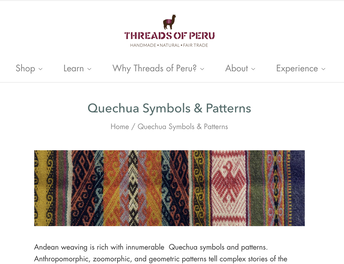
The Author's and Illustrator’s Notes are rich in detail about the research and creative processes involved in the creation of Sharuko. Upper elementary and middle grade students can use Sharuko as a starting point for new lines of inquiry to research topics such as:
At the start of the interview, Monica Brown talks about a personal connection that led to her writing Sharuko. Her mother’s house was on Julio C. Tello Boulevard in Lima. She was aware of this as a child, and later, as an adult, wished she had known the significance of Tello’s work. This inspired her to want to write his story for contemporary readers. All over the world, streets are named after notable people or groups of people. Students can examine maps, take walks, list names of streets in their communities, and then conduct research on the people to learn about their lives and the reasons they may be considered worthy of remembering.
Additional teaching and learning experiences include:
- Textiles of Peru: Threads of Peru
- Appropriation and ownership in archeology: Sweden returns Paracas textiles to Peru and Peru’s Textiles get a New Museum Home
- The Quechua language
- Images of where Julio C. Tello lived, worked, and went to school in this timeline (in Spanish)
At the start of the interview, Monica Brown talks about a personal connection that led to her writing Sharuko. Her mother’s house was on Julio C. Tello Boulevard in Lima. She was aware of this as a child, and later, as an adult, wished she had known the significance of Tello’s work. This inspired her to want to write his story for contemporary readers. All over the world, streets are named after notable people or groups of people. Students can examine maps, take walks, list names of streets in their communities, and then conduct research on the people to learn about their lives and the reasons they may be considered worthy of remembering.
Additional teaching and learning experiences include:
- Collecting data about gender/racial/ethnic background of street-name honorees, and creating graphs or charts to display the data.
- Investigating the process through which streets get named in their communities.
- Discussing and debating the criteria for the process. What would they add? Change? Who would they nominate?
- This could lead to an action project involving honoring a community member in some public way.
Crafting Bilingual Nonfiction Picturebooks
In her interview, Monica Brown talks about the writing process and decisions she makes when structuring her biographies (time stamp 22:00). Some are chronological, others employed a modified chronology (as in Tito Puente, Mambo King). She explains: “the structure of the story is influenced by the subject.” Students can listen to this section of the interview and then examine Monica’s other biographies (listed below in the Explore section) in terms of how their structures are influenced by the subjects.
With regard to writing and publishing bilingual books, we learn that the process of putting a book into the world is mediated at many levels. In particular, Monica discusses her commitment to pushing back against English-dominant paradigms by placing the Spanish text in Sharuko before the English text, and the powerful message this sends to the reading world in general, and bilingual audiences in particular. By focusing on the placement of text, the use of code-switching, and the inclusion of language in the illustrations, students can develop a critical awareness of multilingualism as it appears in picture books. Throughout this teaching guide, bilingual biographies are indicated with an asterisk.
With regard to writing and publishing bilingual books, we learn that the process of putting a book into the world is mediated at many levels. In particular, Monica discusses her commitment to pushing back against English-dominant paradigms by placing the Spanish text in Sharuko before the English text, and the powerful message this sends to the reading world in general, and bilingual audiences in particular. By focusing on the placement of text, the use of code-switching, and the inclusion of language in the illustrations, students can develop a critical awareness of multilingualism as it appears in picture books. Throughout this teaching guide, bilingual biographies are indicated with an asterisk.
Content & Disciplinary ThinkingExploring Peru and Julio C. Tello's ContributionsJulio C. Tello is the father of Peruvian archeology. U.S. curricula rarely includes opportunities to study places outside of the continental United States. The South American continent consists of many countries, and countless cultures, traditions, and ways of life. Sharing Sharuko’s story would be a great invitation to start to know more.
|
|
|
Indigenous Voices in Children's Literature
|
Julio C. Tello provided an Indigenous voice in Peruvian archeology. He also gave voice to the Indigenous peoples of Peru with his work in archeology, reclaiming history to bring Indigenous contributions out of the shadows. The history and stories of Indigenous peoples in the Americas have predominantly been told from voices outside of the cultures themselves. That is beginning to change. The books here were created by contemporary writers and illustrators of Indigenous heritage. Including their books in the curriculum and libraries teaches students that Indigenous peoples have always, and continue to be part of the American fabric, through their lives, work, resistance, contributions and more.
|
|
Social & Emotional Learning
Character Traits, Identity, Legacy
|
Monica Brown tells us that when she learned that Julio C. Tello’s nickname was “sharuko” which means “brave” in Quechua, she knew this trait needed to be the cornerstone of the biography. The archeologist earned the nickname because of his insatiable curiosity, even when it led him into scary places such as caves and tombs in which he found skulls and other remains. As he grew, Julio C. Tello was brave in other ways.
|
Students can examine Sharuko for all the examples of bravery it depicts, and discuss Julio C. Tello’s legacy in connection with his bravery. An author study of some of Monica Brown’s other biographies and the character traits she emphasizes can deepen this line of inquiry.
|
|
|
Some biographies by Monica Brown
|
New Texts & ArtifactsThinking Like an ArchaeologistThe field of archeology seeks answers to questions about the past and draws on skills, knowledge, and ways of knowing across various disciplines (science, social science, mathematics, humanities, and the arts). Such study involves asking questions and piecing together answers based on evidence and inference. In the anecdote below, Julie shares an ‘archaeological magic moment’ that illustrates the significance of historical findings and the types of inquiry they inspire.
|
Sharing Sharuko can provide a similar introduction to the complexities and exciting puzzles that define the field of archeology. Archeology is about telling the human story. Invite your students to act as archeologists, researching, writing, and considering the different perspectives that inform archeological work. Teachers can find teaching ideas related to archeology on the website of The Society of American Archeology.
The teaching and learning suggestions below are designed for teachers to plan experiences that involve thinking like an archeologist:
The teaching and learning suggestions below are designed for teachers to plan experiences that involve thinking like an archeologist:
If you have 1-2 hours . . . |
If you have 1-2 days . . . |
If you have 1-2 weeks . . . |
|
No matter the time period being studied - historical or contemporary - the close examination of artifacts involves honing keen observational and critical thinking skills. Teachers can present students with a selection of objects or parts of objects and invite them to examine them to see what stories they reveal. As an extension activity, students can bring their own artifacts from home, adding to the archaeological analysis.
Discover other famous archeologists, paleontologists, and their finds. Compare and contrast these archeologists’ stories with Julio C. Tello’s. Other books about archeologists
Other books about archeology
Resources for teachers
|
Invite students to learn enough about an artifact (and its discoverer) to create a museum exhibit about the artifact. (Julio C. Tello may have done this for his found artifacts.) Use the Smithsonian Learning Lab Museum Descriptions as mentor texts to help students discover what they may want to include in a museum description of their own.
|
Combine archeological museum exhibits to make a museum for learning in your school community. Invite other classes, parents, and the larger community.Create an archeological museum of the “future.” Invite students to pretend they are 500 years in the future and challenge them to create a museum showcasing archeological artifacts that showcase school life in the 2020s. This will invite them to think deeply and use the skills and strategies of an archeologist. Which artifacts in their classroom may survive for that long? How could you write about these artifacts to describe them for someone who does not recognize them? Create museum exhibits and a museum. Invite outside learners.
Plan a field study to an archaeological site. The National Park Service Archeology Geology Program Site shares all of the national sites in the USA. If you are not able to travel, check out the Archeological Institute of America for interactive digs and virtual tours of sites around the United States. |
Chaudhri, A. & Waugh, J. (2021). Sharuko: El Arqueólogo Peruano/Peruvian Archaeologist. The Biography Clearinghouse.

